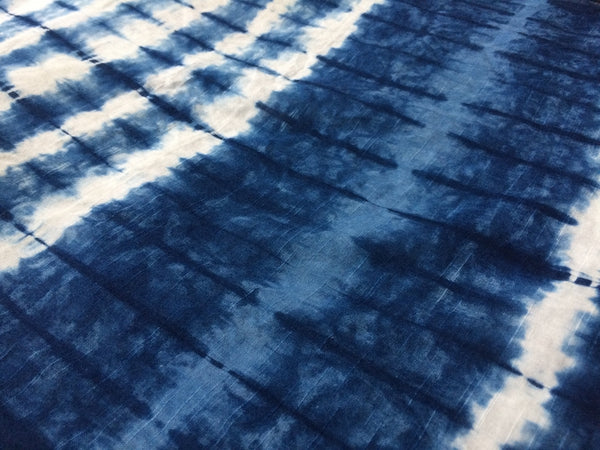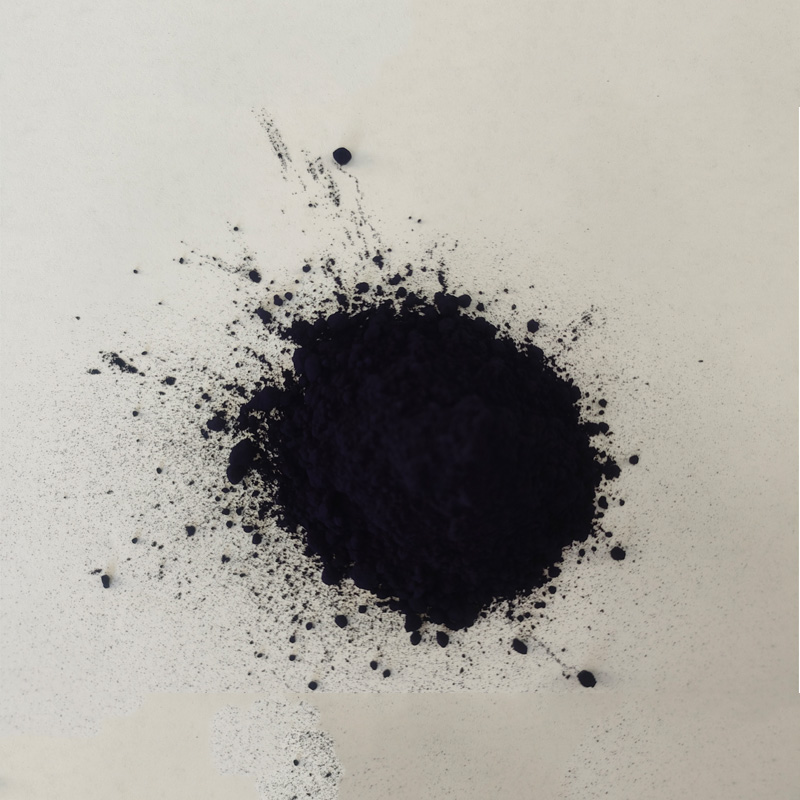natural indigo dyes


In the realm of expertise, the craftsmanship involved in traditional indigo dyeing techniques speaks volumes about the artistry and skills honed over generations. Workshops around the globe keep these ancient methods alive, offering a bridge to the past while educating new artisans in this nuanced craft. These educational hubs promote trust and authenticity, providing transparency in the dye’s origin and processing. The resurgence of interest in natural indigo dyes is also driven by their integration into modern design aesthetics. Designers appreciate the historical narrative and ethical sourcing of indigo, crafting garments that tell a story beyond fashion. The unique qualities of each dye lot, contingent on specific growing conditions and artisanal techniques, ensure that no two pieces are identical, offering exclusivity in an era of mass production. From an authoritative viewpoint, natural indigo embodies a marriage of heritage and innovation. Companies specializing in indigo dyeing are equipped with years of accumulated knowledge and a profound commitment to preserving the planet. By selecting natural indigo-dyed products, consumers support these values, investing in items that uphold high standards of quality and sustainability. In conclusion, natural indigo dyes offer a range of benefits from improved environmental impact to enhancing textile experiences with rich, traditional artistry. This ancient dyeing practice aligns perfectly with modern demands for sustainable, ethically-produced goods, reaffirming its place in the future of textiles.
-
Thermal Stability Analysis of Bromo Indigo Pigments
NewsJun.06,2025
-
Sulphur Black Dye Oxidation Process Optimization
NewsJun.06,2025
-
Lightfastness Testing of Bromo Indigo Dyed Denim
NewsJun.06,2025
-
Granule Size Distribution and Jeans Color Uniformity
NewsJun.06,2025
-
Gradient Dyeing Methods with Indigo Blue Granules
NewsJun.06,2025
-
Dyeing Temperature Effects on Sulphur Black Color Fastness
NewsJun.06,2025
-
Sulphur Black Dyes in Daily Use
NewsMay.07,2025

Sulphur Black
1.Name: sulphur black; Sulfur Black; Sulphur Black 1;
2.Structure formula:
3.Molecule formula: C6H4N2O5
4.CAS No.: 1326-82-5
5.HS code: 32041911
6.Product specification:Appearance:black phosphorus flakes; black liquid

Bromo Indigo; Vat Bromo-Indigo; C.I.Vat Blue 5
1.Name: Bromo indigo; Vat bromo-indigo; C.I.Vat blue 5;
2.Structure formula:
3.Molecule formula: C16H6Br4N2O2
4.CAS No.: 2475-31-2
5.HS code: 3204151000 6.Major usage and instruction: Be mainly used to dye cotton fabrics.

Indigo Blue Vat Blue
1.Name: indigo blue,vat blue 1,
2.Structure formula:
3.Molecule formula: C16H10N2O2
4.. CAS No.: 482-89-3
5.Molecule weight: 262.62
6.HS code: 3204151000
7.Major usage and instruction: Be mainly used to dye cotton fabrics.

